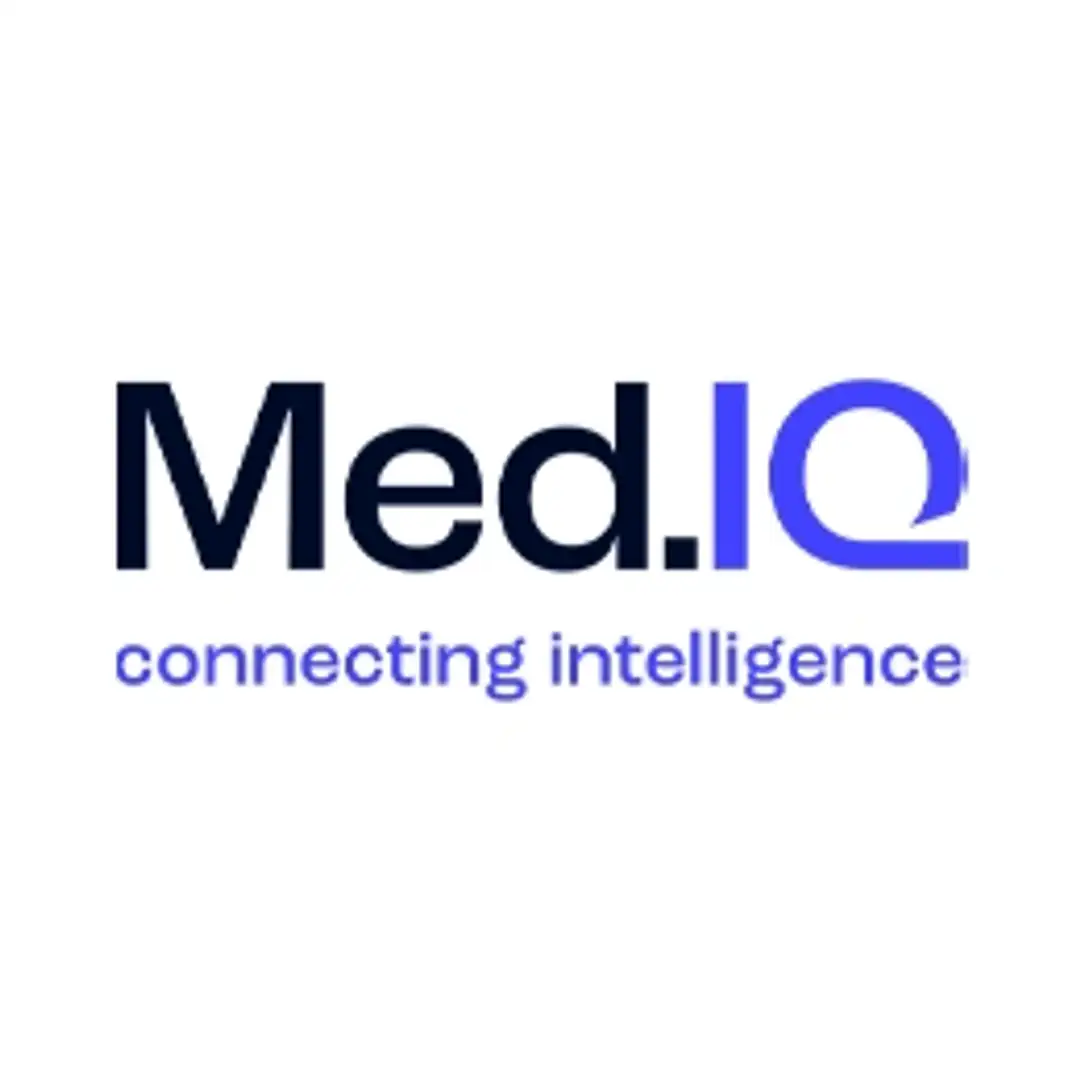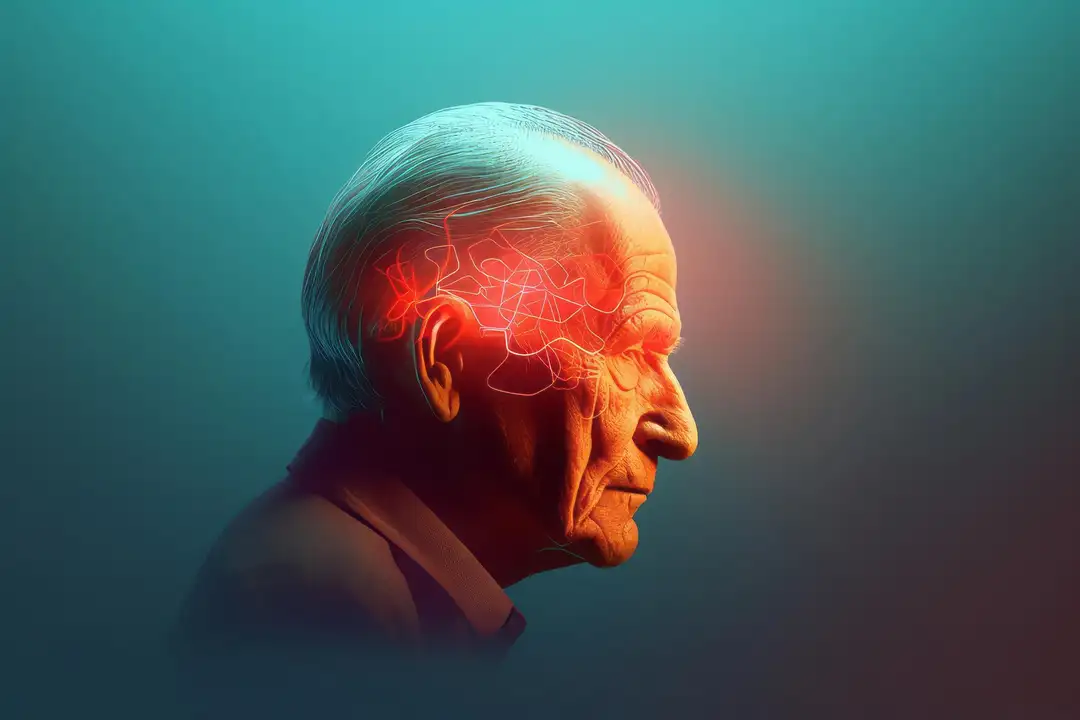
Introduction
An article published in Frontiers in Immunology explores how digital technologies, combined with artificial intelligence (AI) and big data, are revolutionizing the remote monitoring of people with Multiple Sclerosis (MS), a chronic neurodegenerative disease affecting more than 2.8 million people worldwide.
MS impairs sensorimotor and cognitive functions, significantly impacting patients’ quality of life. Traditional clinical monitoring, typically conducted in biannual or annual visits, is often insufficient to detect subtle changes or silent progression of the disease.
The increasing use of digital devices—such as smartphones and wearables—enables real-time data collection, providing continuous and more sensitive monitoring of patients’ clinical status. According to a European survey cited in the article, 78% of patients use digital tools to track their health, and 62% of healthcare professionals consider these data relevant for clinical decision-making.
Methodology
The authors conducted a narrative review, selecting studies published over the past 10 years on digital remote monitoring of people with MS using AI and/or big data. Excluded articles addressed AI applied to imaging (MRI, CT), robotic rehabilitation, psychological counseling, genomic analysis, and diagnostic studies.
Results and Discussion
1. Monitoring of Motor Symptoms
The motor domain is the most developed area in digital MS monitoring. Wearable sensors and AI algorithms are widely used to detect fall risk, gait disturbances, and activity patterns.
- Fall risk: Sensors placed on the chest and thigh can predict fall risk with high accuracy using deep learning algorithms to detect sit-to-stand transitions.
- Gait analysis: Sensors monitor gait parameters such as speed and cadence, both in controlled settings and real-life conditions. Notably, single sensors positioned on the lower back can provide results nearly as accurate as multiple sensors, improving patient adherence.
- Activity monitoring: Algorithms can classify activity levels (low, moderate, high) and correlate them with clinical scales like the EDSS (Expanded Disability Status Scale), offering richer insights than simple step counting.
2. Cognitive Monitoring
Digital cognitive monitoring is less advanced, as it mostly depends on active testing that requires patients to perform specific tasks.
- Digital cognitive tests: Convolutional Neural Networks (CNNs) have been used to automate scoring of visuospatial tests like the BVMT-R (Brief Visuospatial Memory Test – Revised). Although promising, accuracy in detecting partial errors remains limited.
- Passive monitoring: Smartphone keystroke dynamics are being evaluated as a passive and continuous way to assess information processing and cognition, without requiring structured tests. These studies show correlations with traditional cognitive measures, although more research is needed.
3. Other Emerging Areas
- Sleep and circadian rhythms: Preliminary studies suggest that changes in sleep patterns and circadian regulation may be linked to MS progression. People with MS have shown greater fragmentation of activity-rest cycles and reduced circadian variability, which correlate with more severe disease.
- Use of unstructured data (electronic health records): Though still underexplored, there is potential for AI to analyze unstructured data, such as physician notes, to generate additional insights into MS progression.
Conclusion
Digital remote monitoring powered by AI and big data has the potential to transform MS care. It provides continuous insight into motor symptoms—and, to a lesser extent, cognitive and autonomic symptoms. However, robust validation with larger samples and long-term follow-up is still needed before full integration into clinical practice.
Editorial Note: This content was developed with the support of artificial intelligence technologies to optimize writing and information structuring. All material was thoroughly reviewed, validated, and supplemented by human experts prior to publication, ensuring scientific accuracy and adherence to editorial best practices.
Sources
- Dini M, Comi G, Leocani L. Digital remote monitoring of people with multiple sclerosis. Front Immunol. 2025;16:1514813.



